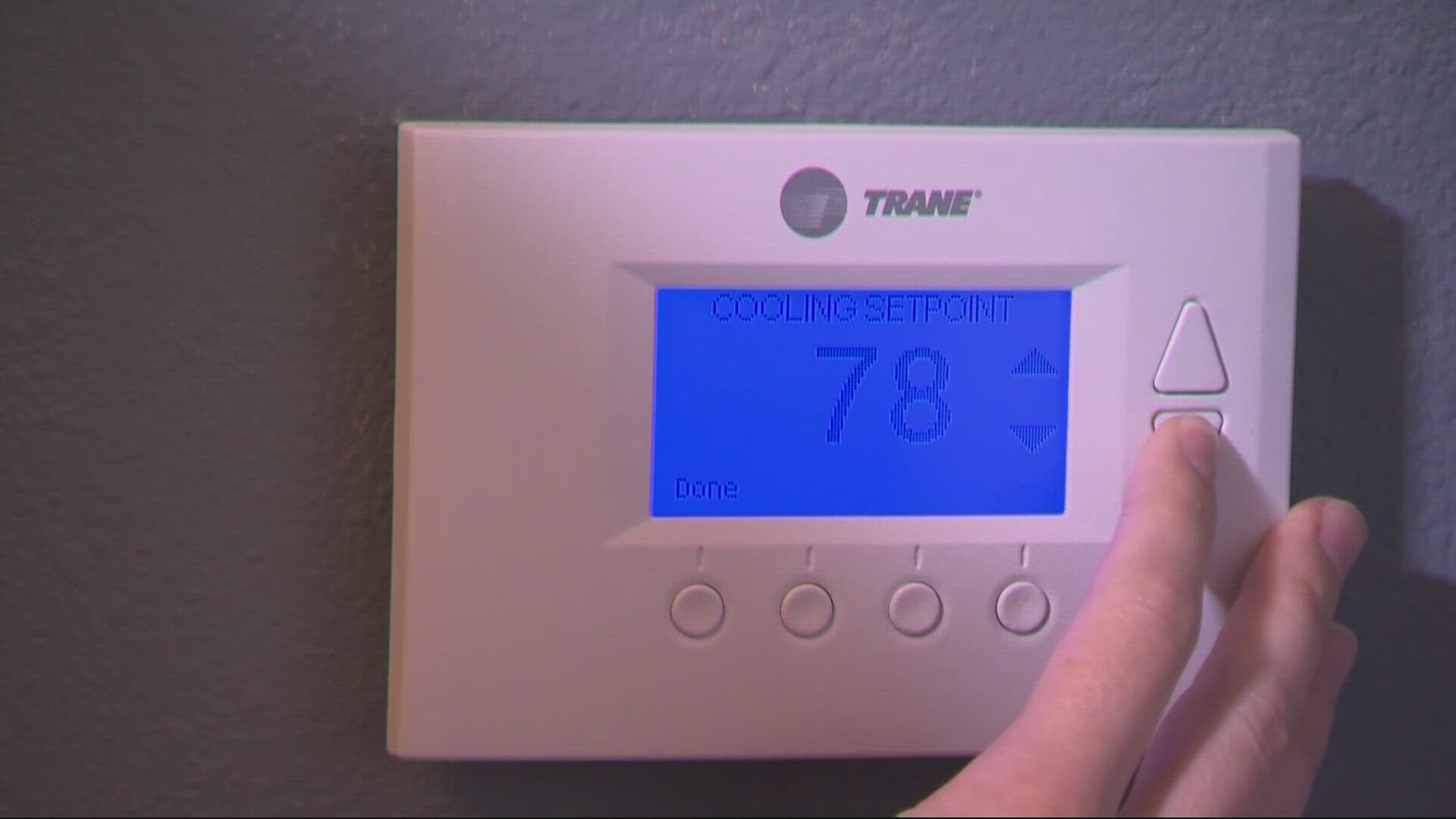New Washington program expands to help people with utility bills, upgrade cooling and heating appliances
People making 80% of the Area Median Income are eligible for the new State Home Energy Assistance Program on a first-come, first-serve basis.

Author: Celine Stevens
Published: 4:02 PM PDT October 2, 2024
WASHINGTON — There’s a new program in Washington for people who need help paying their utility bills or getting upgraded heating or cooling appliances.
The state-funded program is called the State Energy Assistance Program (SHEAP).
The state received $35 million, thanks to the Climate Commitment Act, with $21 million going toward utility benefits and $14 million going to energy upgrades.
Now, those making 80% of the Area Median Income can qualify, meaning a family of four in Clark County making a little over $94,000 could be eligible through the program.
This is in contrast to the Low-Income Home Energy Assistance Program (LIHEAP), which has been around for decades, which serves those who are up to 150% of the federal poverty level.
“If you’re below 150%, you would receive one program. If you’re over that, then that’s what we’re using the state money for, so that we’re expanding the people that we serve,” said Brian Sarensen, program manager for the Washington State Department of Commerce.
“We want you to be safe, both warm in the winter and cool in the summer. If we can do that efficiently and ensure that nobody’s suffering and nobody is having to make that choice between paying a utility bill, paying your rent, buying food, taking medications, we can just alleviate that through this program, and that’s what we want to do with it,” he continued.
Sarensen said this program is on a first-come, first-serve basis, meaning people can apply until funds run out.
“I’ve heard many stories; I’ve been doing this for a while where families will underheat their homes, keep them at 65 or 60 degrees, and only heat one space. And it’s not only is it bad for them, but it’s damaging to their household, as well,” said Sarensen.
He said around $2 million has already been spent since the soft launch of the program on Sept. 1.
Those interested must see which organizations in their county is able to provide these services for them. To learn more about that and to apply, click here.